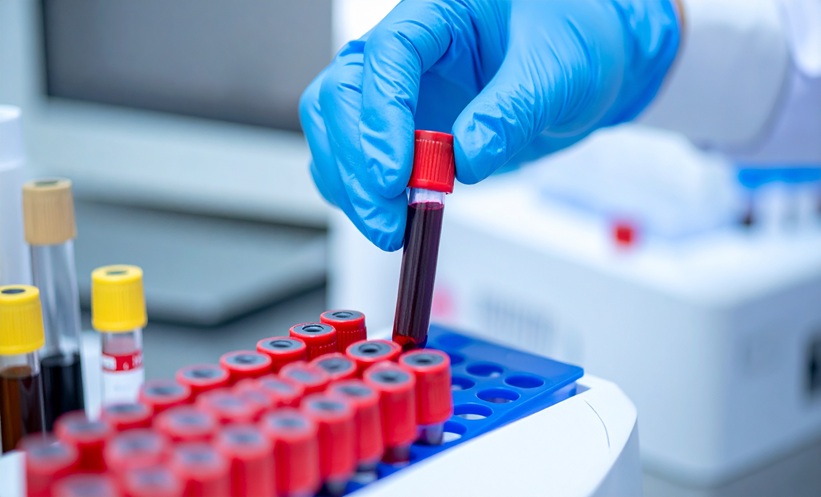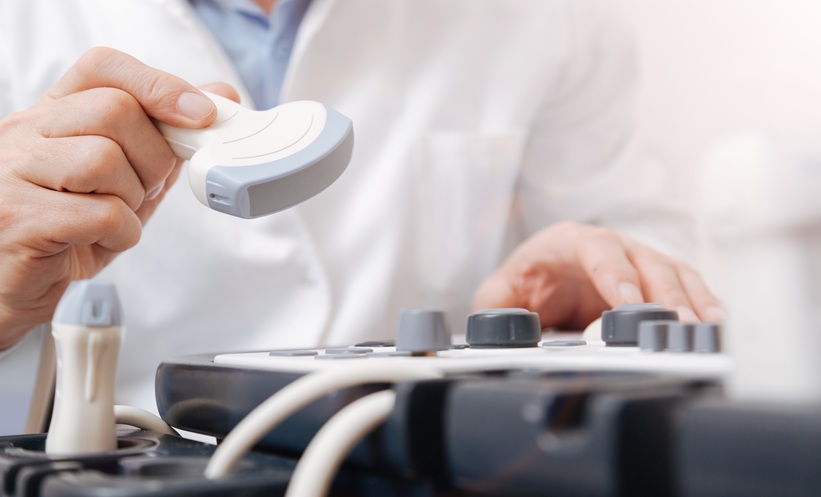Prostate cancer (PCa), the second most common cancer among men globally, poses a growing public health concern. In China alone, newly diagnosed PCa cases and related deaths account for 8.2% and 13.6% of the global totals, respectively. As early detection increases with PSA testing, many men undergo radical prostatectomy (RP) to treat localised PCa. However, postoperative stress urinary incontinence (SUI) remains a common and distressing complication, affecting around 63% of patients within one month of surgery.
Pelvic floor muscle training (PFMT) is recommended as an initial treatment for post-RP SUI, but traditional home-based approaches often lack long-term adherence and consistent results. In light of this, a recent study compared three noninvasive PFMT methods: standard PFMT (S-PFMT), somatosensory interactive PFMT (SI-PFMT), and S-PFMT combined with magnetic stimulation (S-PFMT+MS).
Although no significant differences were found in the early stages of recovery, the 6-month follow-up revealed that S-PFMT+MS was notably more effective than the other two interventions in improving urinary continence. These results support the idea that magnetic stimulation can enhance PFMT outcomes without additional adverse effects.
Despite promising findings, the study had limitations, including small and uneven sample sizes across groups, which may affect the generalisability of the results. Long-term outcome data were also lacking. To address these concerns, a larger multicentre trial and extended follow-up are planned.
Researchers suggest that integrating clinical factors, such as BMI, prostate volume, and MRI findings, into a personalised risk prediction model could further improve PFMT strategies. With rising interest in combining PFMT with supportive technologies, this study provides important evidence for the potential of magnetic stimulation in conservative post-RP SUI treatment, particularly within the Chinese population. As research continues, more refined and personalised approaches may enhance recovery and quality of life for men recovering from prostate cancer surgery.
Reference
Shi R, Ma Z, Tse YB, et al. Study of the effectiveness of different pelvic floor muscle training methods for improving urinary incontinence in patients with prostate cancer after radical prostatectomy. Aging Male. 2025;28(1):2530469. doi:10.1080/13685538.2025.2530469







